Talk Overview
How does our immune system protect us against all of the infectious agents and foreign substances we encounter? Much of the answer lies in antibody diversity. In his first talk, Dr. Hidde Ploegh explains how B cells shuffle their genetic material such that regions of the immunoglobulin protein are rearranged. This generates the antibody diversity needed to recognize an almost infinite number of antigens. Interactions of B cells with T helper cells results in the formation of structurally distinct classes of immunoglobulins, further increasing antibody diversity. T killer cells are primed to attack infectious agents when immunoglobulins on their surface recognize antigens presented by the major histocompatibility complex (MHC). Ploegh explains that by subverting the MHC pathway, viruses and cancer cells can evade the immune system.
In part two, Ploegh describes how his lab takes advantage of the unique properties of antibodies from the Camelidae family (alpacas, llamas, camels, etc). In addition to traditional antibodies, these animals naturally make small, heavy-chain only antibodies (nanobodies). These molecules can be isolated, amplified in bacteria, and engineered for new applications. As well as using nanobodies to target viruses and inflammasomes, Ploegh explains how his lab uses labelled nanobodies for non-invasive, live imaging of cancer tumors in mice. These technologies have exciting implications in basic and biomedical studies.
Speaker Bio
Hidde Ploegh

Dr. Hidde Ploegh is an immunologist at Boston Children’s Hospital. His love for immunology began when he was an undergraduate at the University of Groningen in the Netherlands. As a student, he wrote a letter to renowned immunologist Jon van Rood but never heard back. However, as an undergraduate researcher, he had an opportunity to… Continue Reading
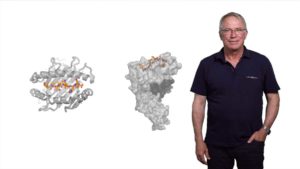
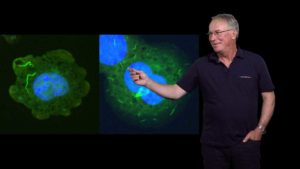
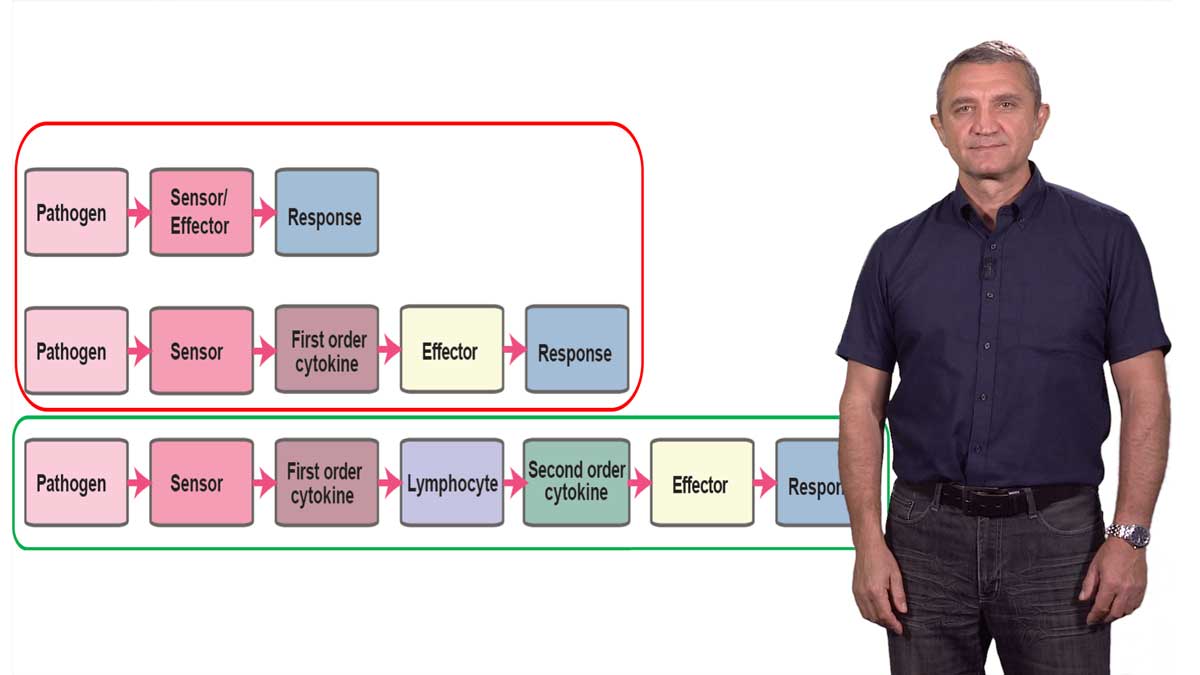
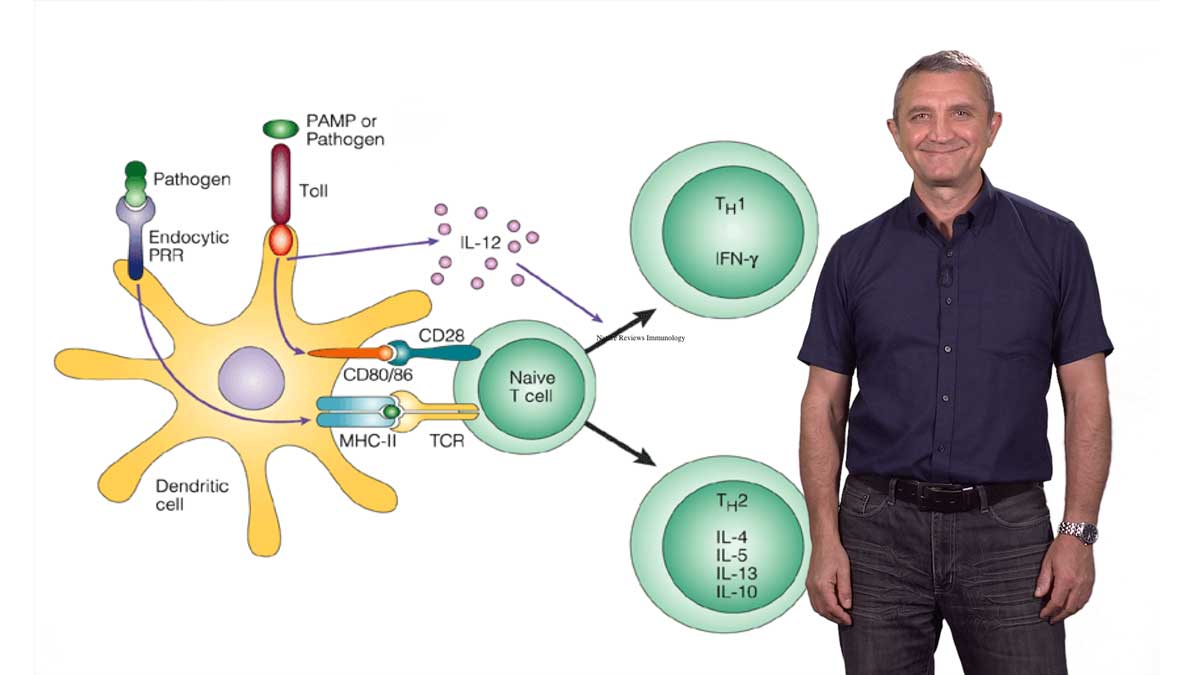
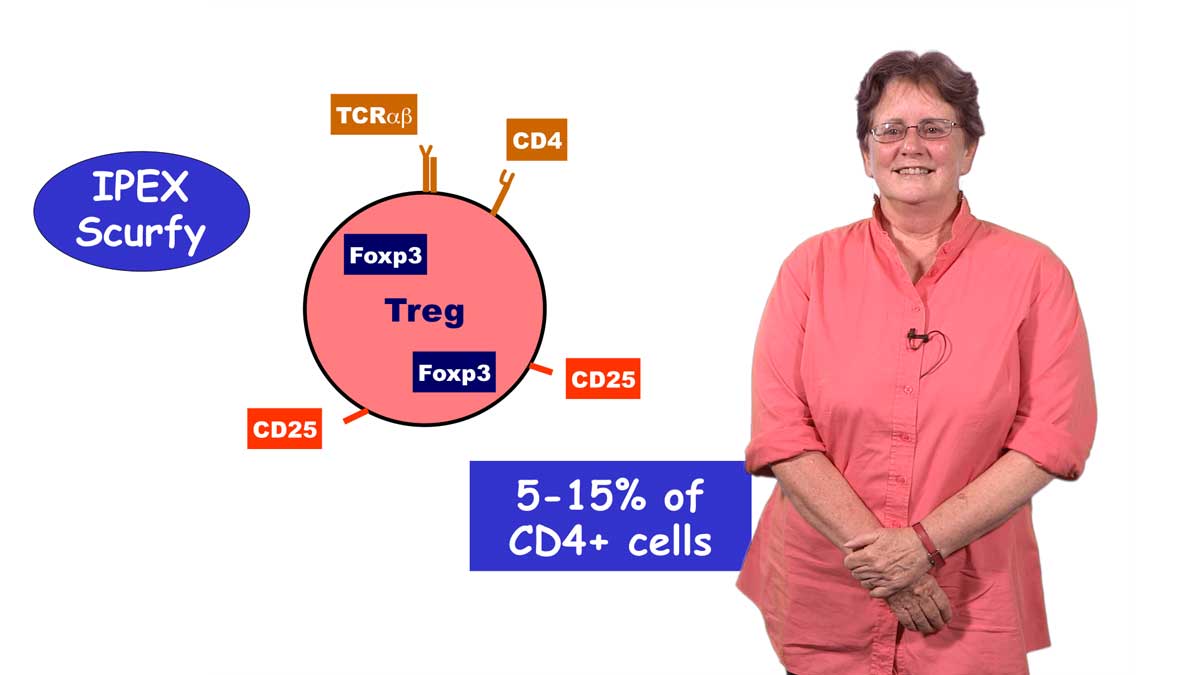
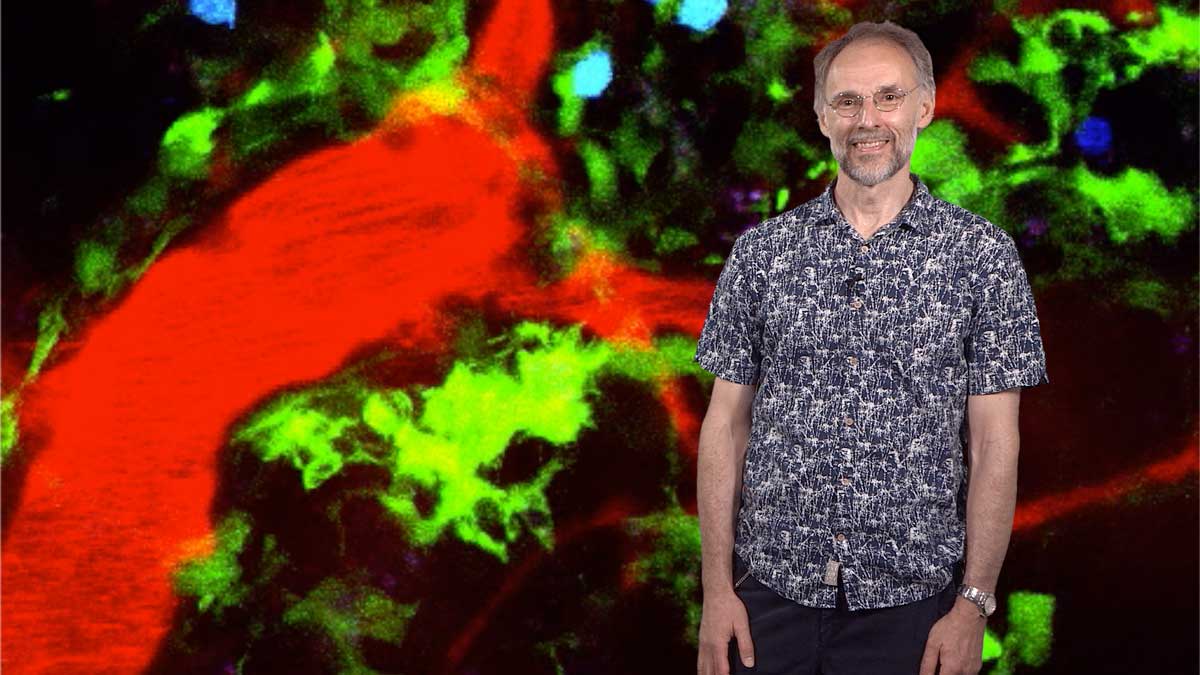





Leave a Reply